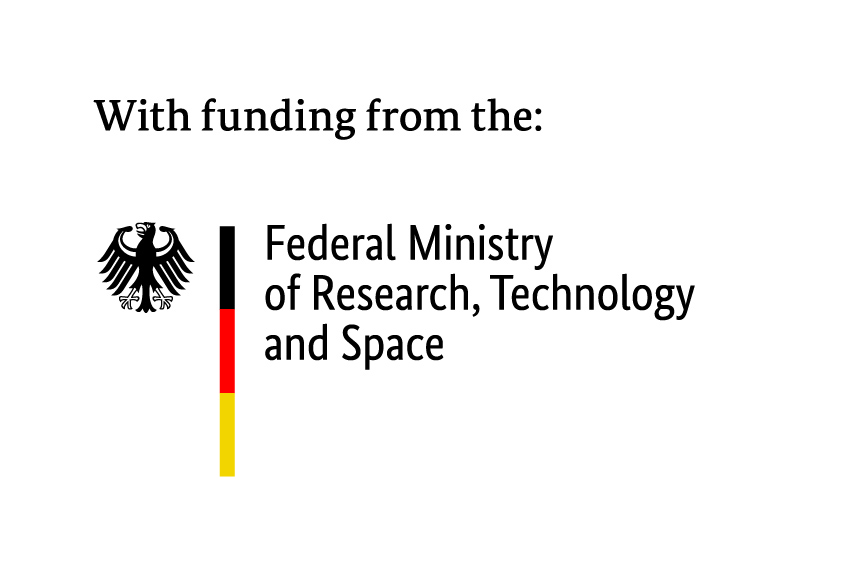c:o/re Fellow 10/25 – 09/26

Yi Gu is a scholar of modern and contemporary art and visual culture, with a particular focus on Asia, especially China. She is Associate Professor of Art History at the University of Toronto, which she joined after completing her PhD at Brown University. She has published widely on Cold War visual culture, post-socialist art, and the history of photography in China. Her book Chinese Ways of Seeing and Open-Air Painting (Harvard University Asia Center, 2020) examines the cultural and political implications of Cartesian optics and perspectivalism in early twentieth-century China. Her current work investigates the intersections of aesthetics, technology, and political economy, as well as the possibilities of digital methods for visual culture studies. She is co-editor of the open-access journal Trans Asia Photography (Duke University Press) and principal investigator of two digital humanities projects on alternative archives.
Data Visualization of China’s Digital Countryside and Its Historical Trajectory
Launched in 2019, the Digital Countryside initiative aims to achieve “Agriculture 4.0,” integrating big data, AI, and smart technologies to optimize farming. Its slogan, “Data is the new agricultural asset,” signals the centrality of data in this vision. From IoT sensors and satellite imagery to highly interactive dashboards in “Smart Villages,” visualizations are now embedded in nearly every aspect of rural governance. This contemporary data-driven future echoes an earlier moment. During the Mao era, rural reforms were fueled by a similar zeal for statistics, with analog charts, diagrams, and maps covering village walls and guiding farming practices. While the tools have shifted from paper charts to networked simulations, both periods reveal striking continuities: state-driven research campaigns, rapid translation of scientific experiments into field applications, mass public participation, and sweeping infrastructural change.
By juxtaposing these campaigns, I aim to provide a localized genealogy for the rise of interactive and networked visualizations for Big Data. This project offers more nuanced discussion of the digital and non-digital divide, tracing continuities and ruptures in how visual forms mediate the relationship between knowledge production, land management, and state power. It interrogates how data visualizations have historically operated not only as representational tools but as constitutive elements in the making of agricultural science.
Drawing on alternative archives, scavenged historical materials, and digital ethnography, this study provides the first genealogy of China’s visual cultures of agrarian data. In doing so, it brings perspectives from visual and media studies, science and technology studies, infrastructure studies, and critical agrarian studies into conversation, offering new insights into the role of visualization in shaping global imaginaries of rural futures and sustainable development.
Publications (selection)
Gu, Y. (2025). What Is a Socialist Pictorial? China Pictorial and the Art of Cold War Propaganda. In M. A. Pelizzari & A. M. Zervigón (Eds.), Print matters: Media and modernity in illustrated magazines, 1910-1970 (pp. 79–102). Getty Research Institute.
Gu, Y. (2025). Cold War, the Chinese State Photo Agency, and the Socialist Network of Affective News Photo. Journal of War & Culture Studies, 18(2), 144–164. https://doi.org/10.1080/17526272.2024.2449298
Gu, Y. (2020). Chinese Ways of Seeing and Open-Air Painting. Harvard University Press.
Gu, Y. (2014). Photography and Its Chinese Origins. In T. Sheehan & A. M. Zervigón (Eds.), Photography and its Origins (pp. 157–170). Routledge.
Gu, Y. (2013). What’s in a Name? Photography and the Reinvention of Visual Truth in China, 1840–1911. The Art Bulletin, 95(1), 120–138. https://doi.org/10.1080/00043079.2013.10786109



